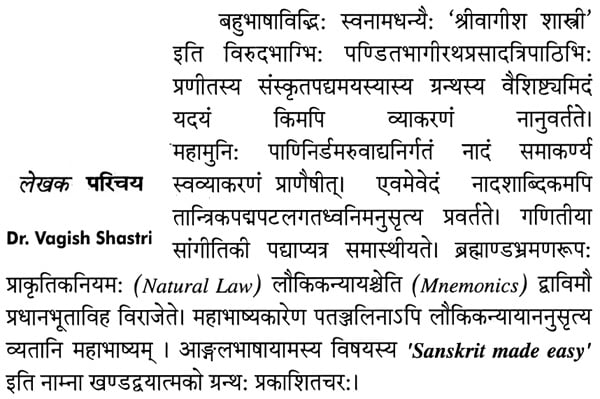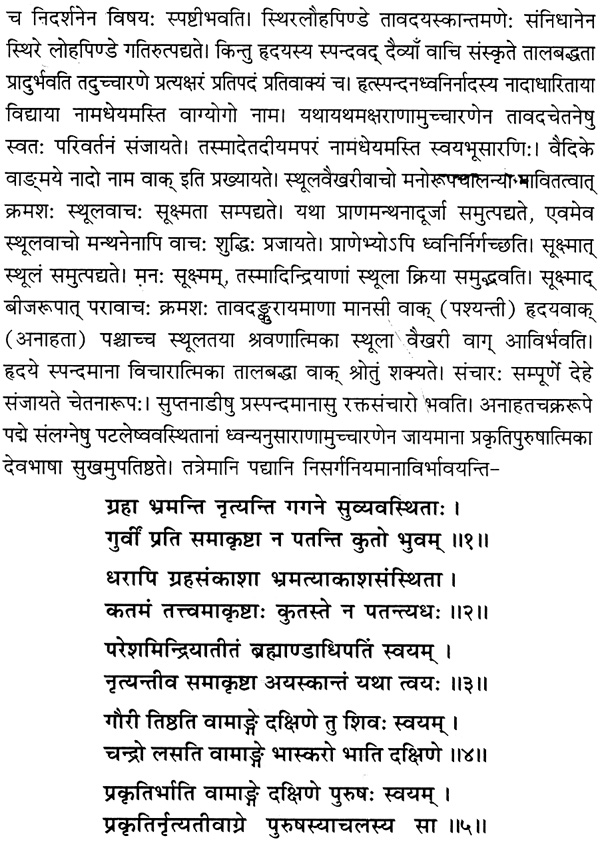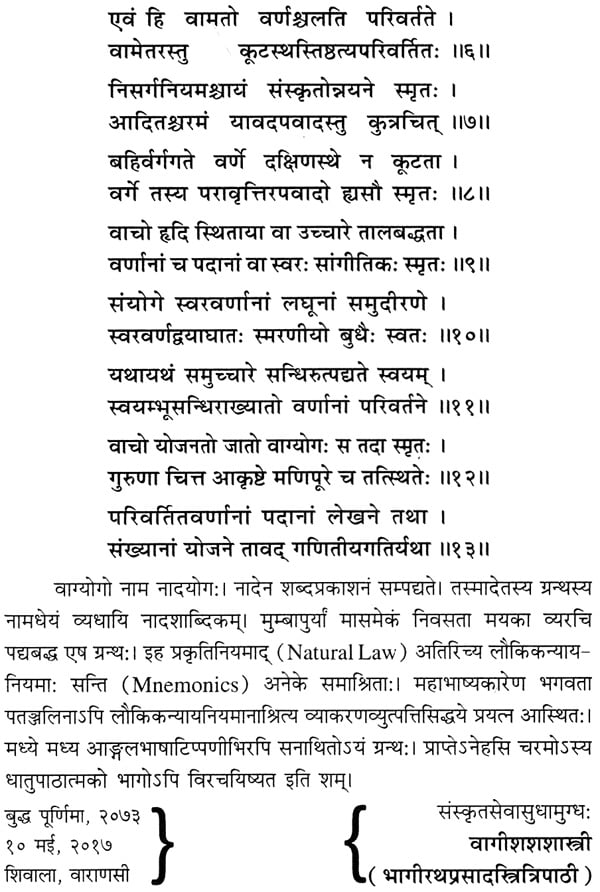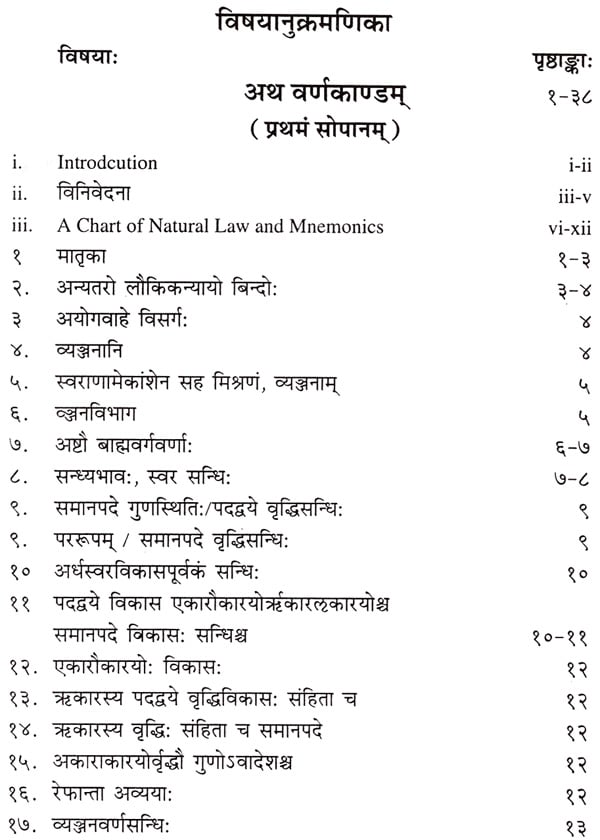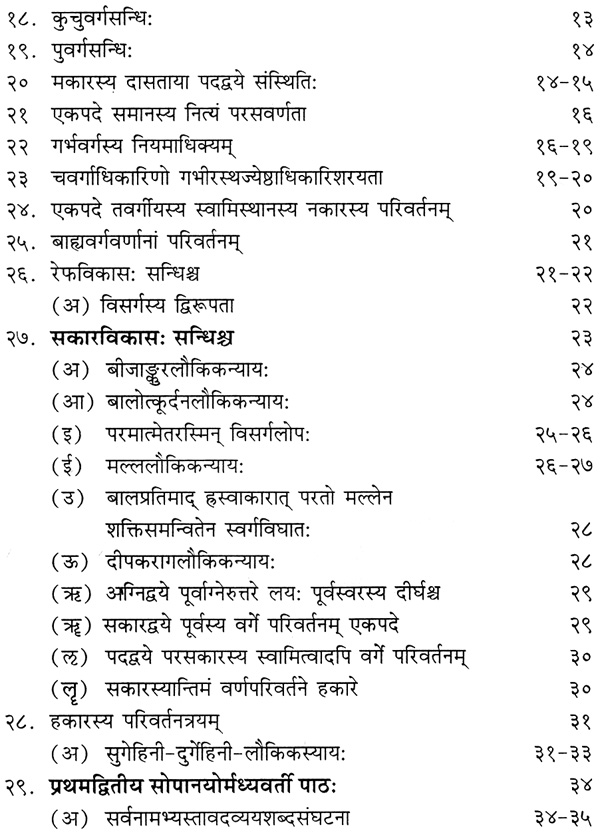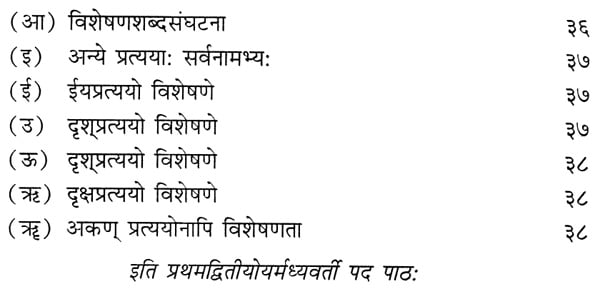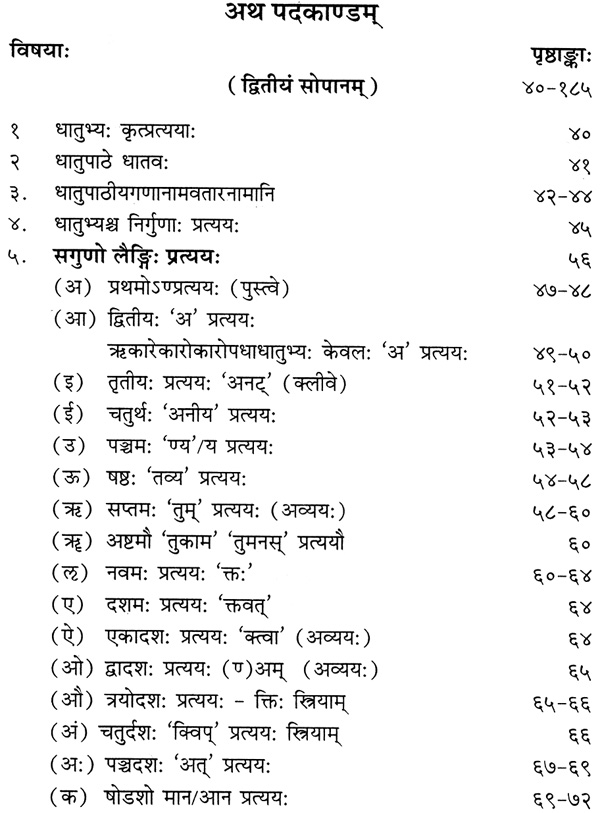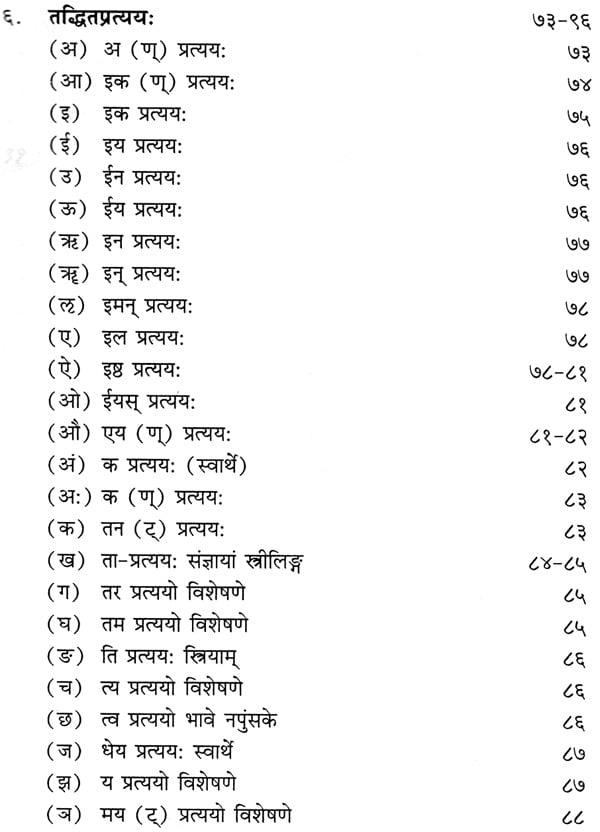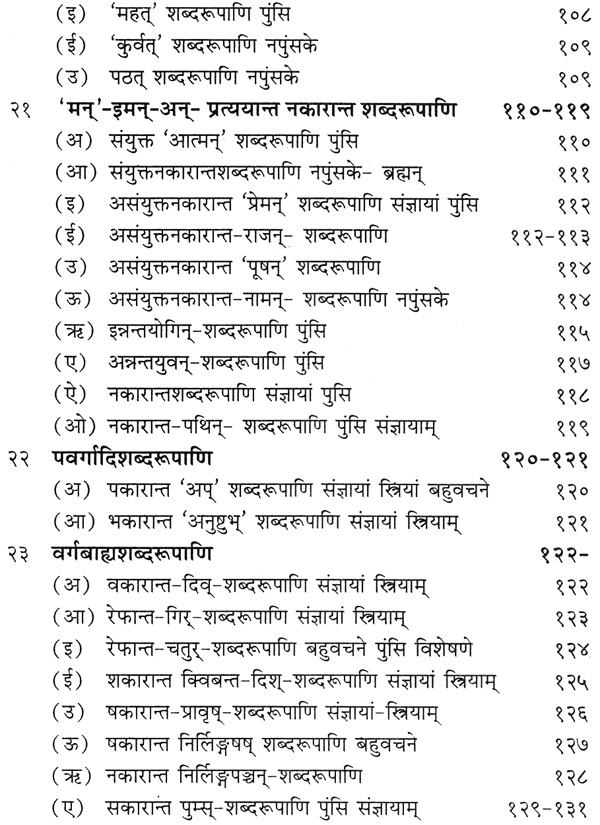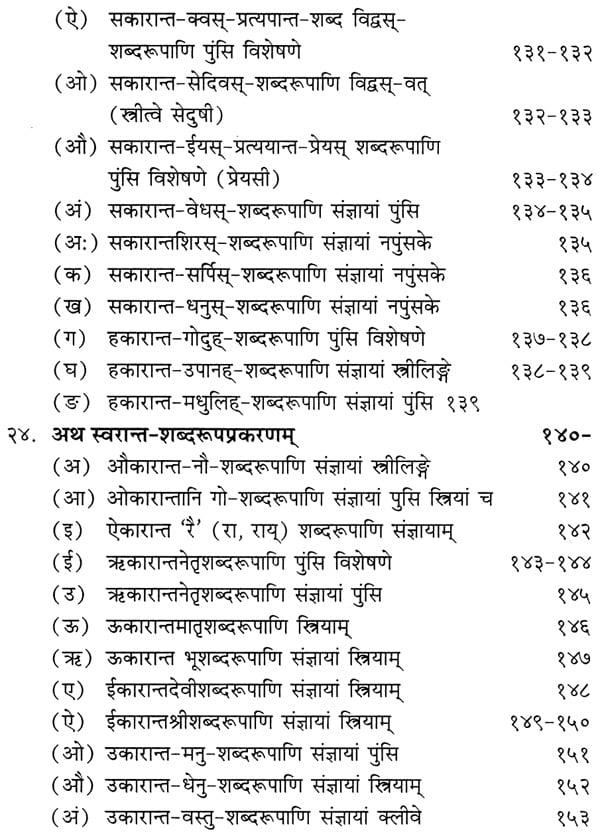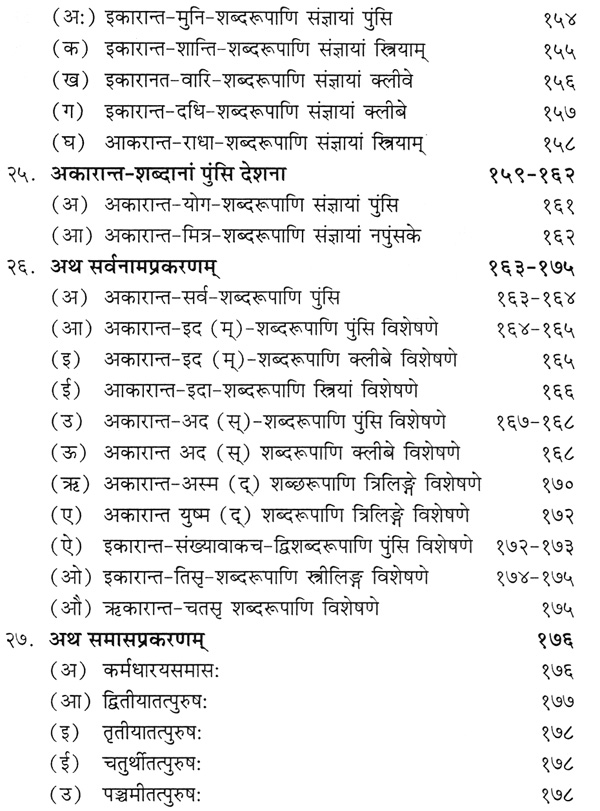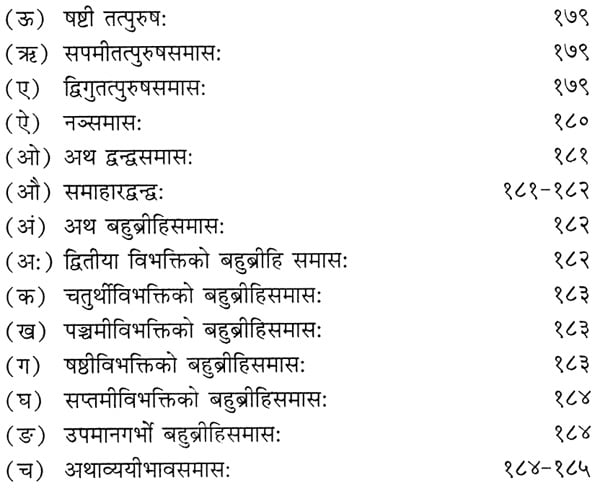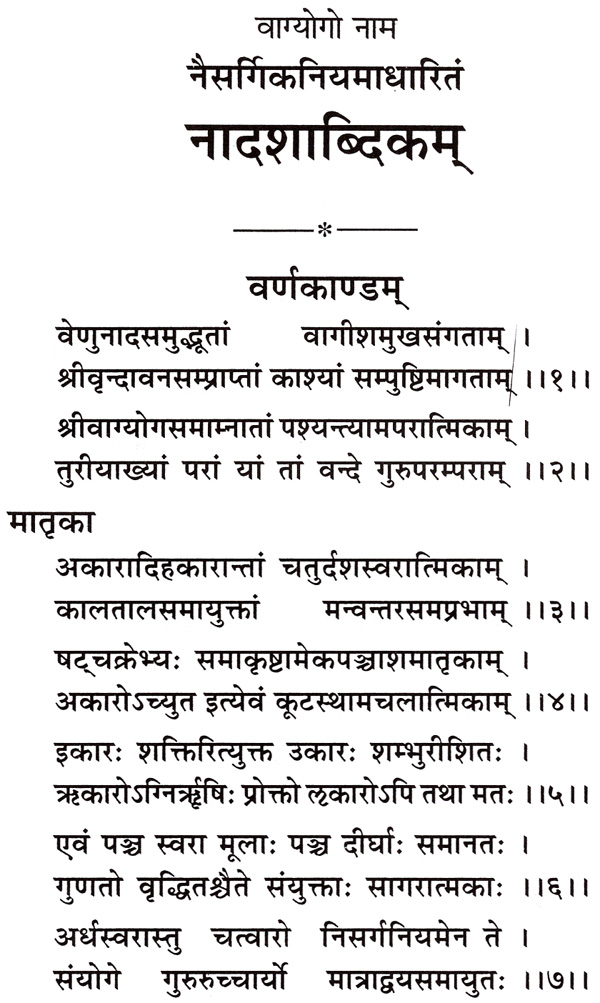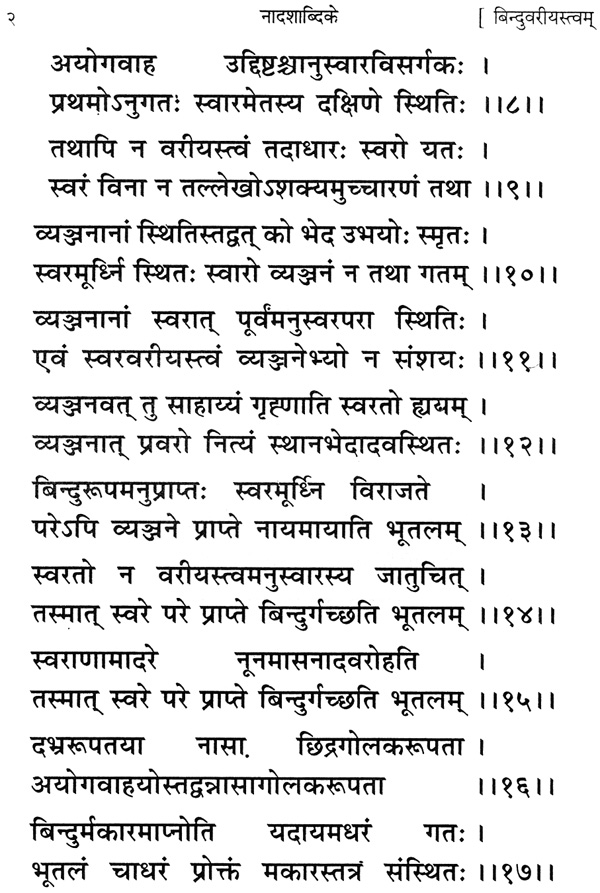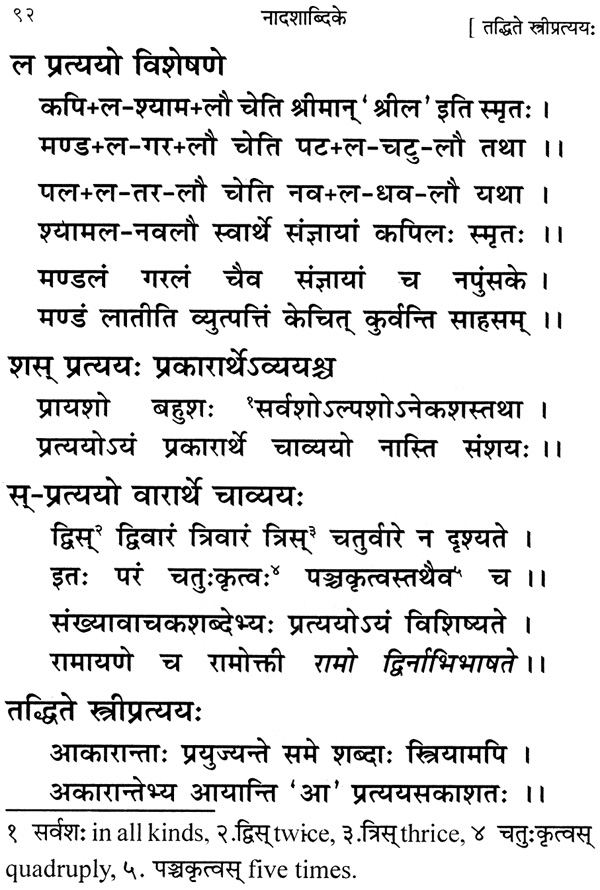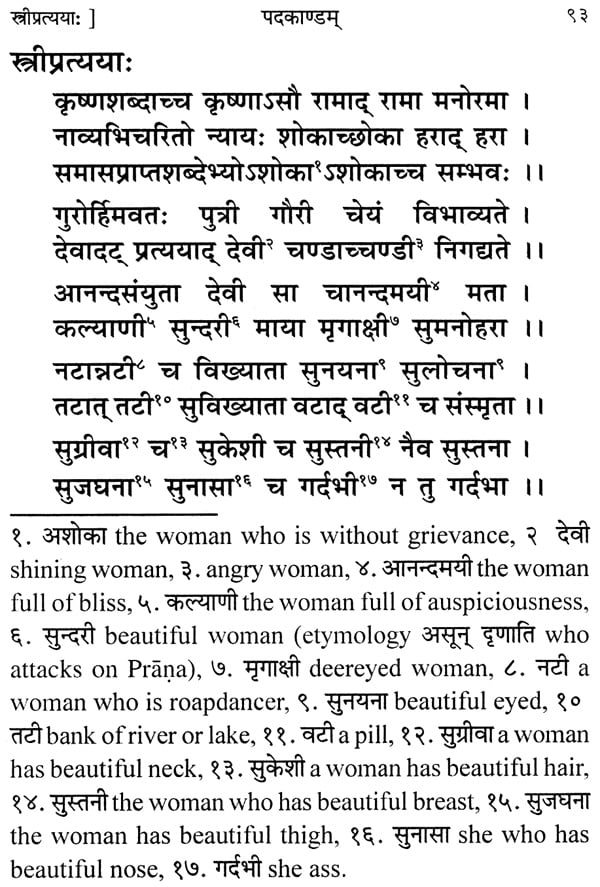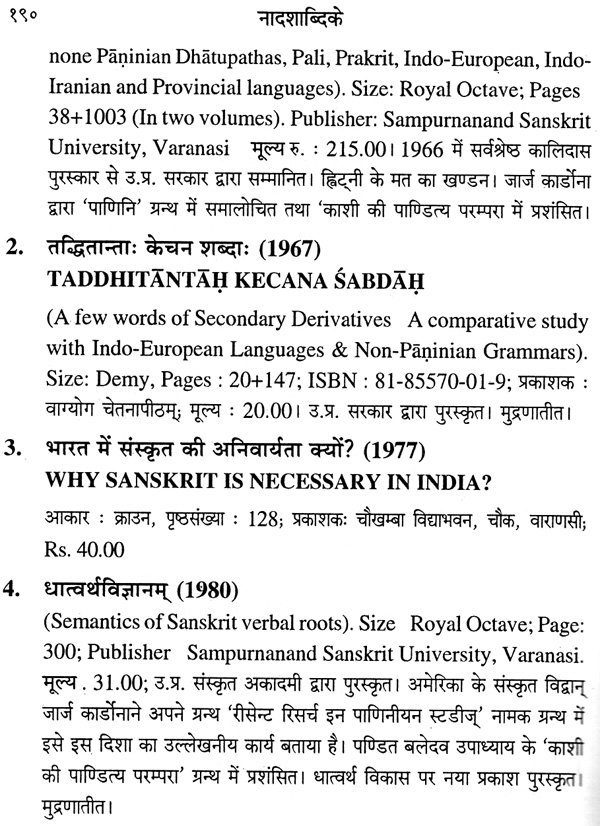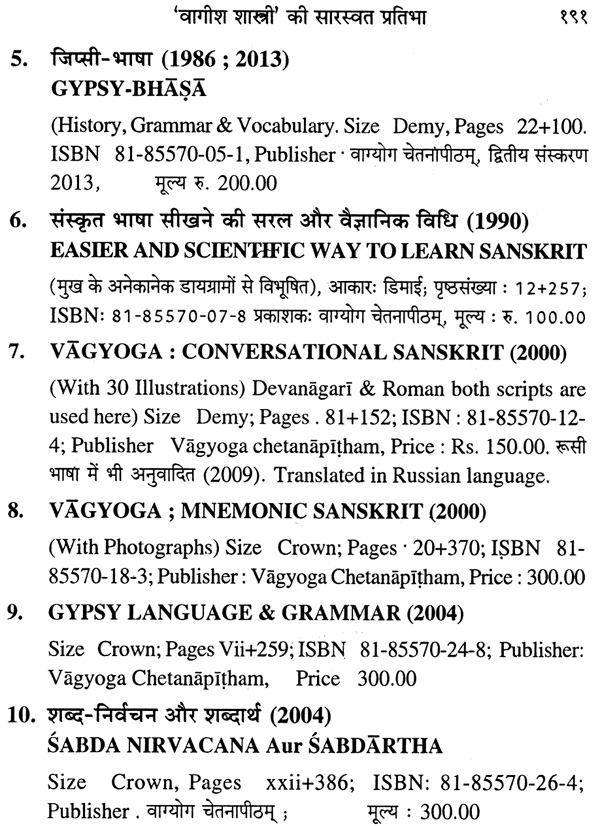
नाद शाब्दिकम्: Nada-Sabdikam
Book Specification
| Item Code: | MZC297 |
| Author: | Vagish Shastri |
| Publisher: | Vagyoga Chetana Peetham, Varanasi |
| Language: | SANSKRIT |
| Edition: | 2017 |
| ISBN: | 9798185570432 |
| Pages: | 204 |
| Cover: | PAPERBACK |
| Other Details | 7.00 X 5.00 inch |
| Weight | 190 gm |
Book Description
In this Vagyoga technique through ‘Natural Law’, these letters of Chakras become manifested on the board. The whole cosmos was before unconscious, immovable. One part of the Sabda Brahma entered into this cosmos. Therefore it became conscious and began to move timely attracted towards the Sabda Brahma’ As our body is unconscious, immovable, when soul entered into this, it began to move. Likewise iron is immovable when it comes in contact of the magnet, begins to vibrate and attached to the magnet. Two energies exist in our body Negative and Positive. Negative moon energy exists in the left part is called Sakti and right sided energy is called Siva.
Likewise if you take two letters of Sanskrit, the left sided letter is like unconscious or iron and right sided letter is like conscious or magnet. The left sided letter will move or change but right sided letter is like conscious or magnet. The left sided letter will move or change but right sided letter will not change. This is called ‘Natural Law’ constant. Mnemonics is called maxim. Such as fourteen Vowels are pronounced as the measurement of time. The short vowel is pronounced with one measurement like the music one beat of your palms and the long vowel is pronounced with two beats of your palms. Sanskrit appears from the heart. Therefore follows the heart beat or pulses, sound of the middle of the clock. So every word of Sanskrit is musical. Students can revise Sanskrit through this book who studied one part of ‘Sanskrit made easy book.
This Vagyoga Mnemonic Sanskrit learning becomes complete within three steps. 1 Varna Kandam changing of the vowels and consonants through natural law and mnemonics within 30 lessons. 2. Pada Kandam The derivation thousand of words from any famous verb within 60 lessons. 3. Vakya Kandam The students translate from English to Sanskrit syntax, read texts and sing the famous Chandas Sanskrit metres within 60 lessons.
**Contents and Sample Pages**

